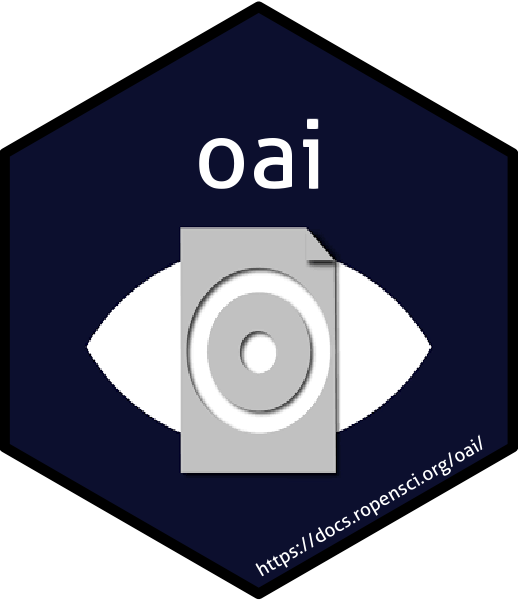Phonological Structure of Indonesian and Vietnamese Language: A Contrastive Analysis
 Country:
Country:
(1) Universitas Lampung, Indonesia
(2) Universitas Lampung, Indonesia
(3) Universitas Lampung, Indonesia
Phonological Structure of Indonesian and Vietnamese: A Contrastive Analysis. Objectives: The objectives of this study were to describe the differences in the phonological structure of Indonesian and Vietnamese. Methods: In this case study qualitative research, the informant is a Vietnamese-speaking student who is studying Indonesian. Data was collected through interviews and observations and analyzed by identifying similarities and differences in phonological structure data, coding the data, analyzing and describing the data, and reflecting them as research findings. Findings: The differences in the phonological structure of Indonesian and Vietnamese are (1) spectacle and tonal structures; (2) bisyllabic and monosyllabic syllable structures; (3) the number of vowels, consonants, and diphthongs. Conclusion: This difference in phonological structure makes it difficult for Vietnamese speakers to pronounce Indonesian sounds. This finding becomes a design for the preparation of materials and Indonesian language learning for foreign speakers from Vietnam.
Keywords: contrastive analysis, phonological structure, language typology.
Adiantika, H. N. (2020). Contrastive analysis between Indonesian and English declarative sentences. ELT in Focus, 3(1), 15-25.
Alwi, H., Dardjowidjojo, S., Lapoliwa, H., & Moeliono, A. M. (2003). Tata Bahasa Baku Bahasa Indonesia [Standard Indonesian Grammar]. Jakarta: Balai Pustaka.
Chaer, A. (2013). Fonologi Bahasa Indonesia [Indonesian Phonology]. Jakarta: Rineka Cipta.
Fuad, M. & Sumarti. (2017). Pembelajaran Berbicara BIPA Berbasis Tipologi Bahasa Program Darmasiswa di Universitas Lampung [BIPA Speaking Learning Based on Language Typology of Darmasiswa Program at Lampung University]. Malang: Prosiding Konferensi Internasional Pengajar BIPA XI, Jilid II, pp 2—7.
Hidayat, N. S. (2015). Analisis kesalahan dan kontrastif dalam pembelajaran Bahasa Arab [Error and contrastive analysis in learning Arabic]. Jurnal Penelitian, Sosial, dan Keagamaan. 17(2), 160-174.
Hasan, Q. (2021). Phonological evidence for the division of thegÝlÝtdialects of iraq intoðrûgiand non-ðrûgi. Kervan Journal, 21(1), 51-61.
Hoàng, P. (2018). Të ÐiÃn Ti¿ng ViÇt (Kamus Bahasa Vietnam). Ðà Nµng: HÓng Ðéc
Keraf, G. (1990). Linguistik Bandingan Tipologis [Typological Comparative Linguistics]. Jakarta: Gramedia.
Kridalaksana, H. (2008). Kamus Linguistik [Linguistic Dictionary]. Jakarta: Gramedia.
Liliana. M. (2019). Bahasa Indonesia Bagi Penutur Asing: Acuan Teori dan Pendekatan Pengajaran [Indonesian Language for Foreign Speakers: Reference Theory and Teaching Approach]. Jakarta: Yayasan Pustaka Obor Indonesia.
Maharani, T. (2018). Pemerolehan Bahasa Kedua dan Pengajaran Bahasa dalam Pembelajaran BIPA [Second Language Acquisition and Language Teaching in BIPA Learning]. Jurnal Bahasa Lingua Scientia, 10(1), 121-142.
Misdawati. (2019). Analisis Kontrastif dalam Pembelajaran Bahasa [Contrastive Analysis in Language Learning]. A Jamiy: Jurnal Bahasa dan Sastra Arab, 8(1), 53-66.
Mulyaningsih, D.H. (2014). Perbandingan Fonologi Bahasa Indonesia dan Bahasa Mandarin [Comparison of Indonesian and Mandarin Phonology]. Jurnal Bahtera: Jurnal Pendidikan Bahasa dan Sastra. 1—10.
Muslich, M. (2014). Fonologi Bahasa Indonesia: Tujuan Deskriptif Sistem Bunyi Bahasa Indonesia [Indonesian Phonology: Descriptive Objectives of the Indonesian Sound System]. Jakarta: Bumi Aksara.
Nikmah, K. (2019). Interogative Sentence: A Contrastive Study of Arabic and Indonesian. Journal of Arabic Language Teaching, Linguistics, and Literature, 2(3), 35-52
Permendikbud. (2017). Standardisasi Program Bahasa Indonesia bagi Penutur Asing (BIPA) dalam Rangka Peningkatan Fungsi Bahasa Negara [Standardization of Indonesian Language Program for Foreign Speakers (BIPA) in the Context of Improving State Language Functions].
Putrawan, G. E, Mustika, I. W. & Bambang R. (2019). A Study on EFL Learners’ Belief about Translation as a Learning Strategy in Indonesia. Kervan Journal, 23(1), 235-248.
Raswan. (2018). The Implementation of Contrastive Analysis Based Arabic Learning. Journal of Arabic Linguistics and Education, 4(1), 48-66.
Rizzo, L. (2021). On the morphology of the word tawriya according to al-Safadi. Kervan Journal, 21(1), 31-50.
Rohim, M. (2013). Analisis Kontrastif Bahasa Indonesia dan Bahasa Arab Berdasarkan Kala, Jumlah, dan Persona [Contrastive Analysis of Indonesian and Arabic Based on Kala, Jumlah, and Persona]. Jurnal Sastra Indonesia, 2(1), 27-38.
Song, J. J. (2018). Linguistic Typology Oxford Textbooks in Linguistics. Oxford.
Sugiyono. (2017). Metode Penelitian Kuantitatif, Kualitatif, dan R&D [Quantitative, Qualitative, and R&D Research Methods]. Bandung: Alfabeta, CV.
Sumarti. (2019). Strategi Pembelajaran Pelafalan Bunyi Bahasa [Language Sound Pronunciation Learning Strategy]. Prosiding Seminar Nasional Pendidikan Universitas Lampung, Bandar Lampung.
Refbacks
- There are currently no refbacks.

This work is licensed under a Creative Commons Attribution-ShareAlike 4.0 International License.
View My Stats






